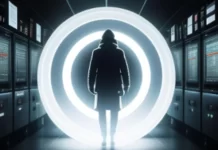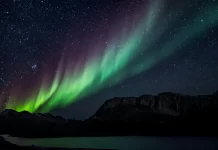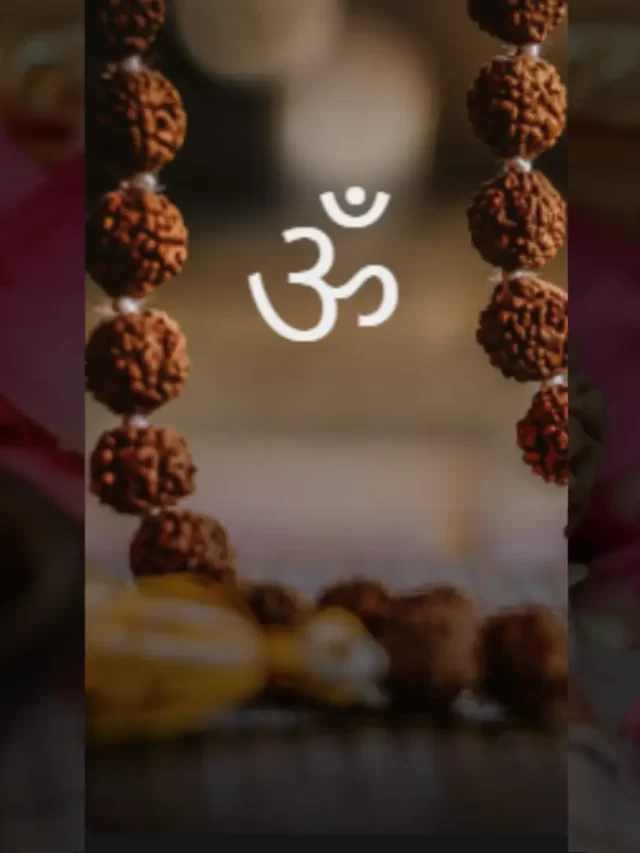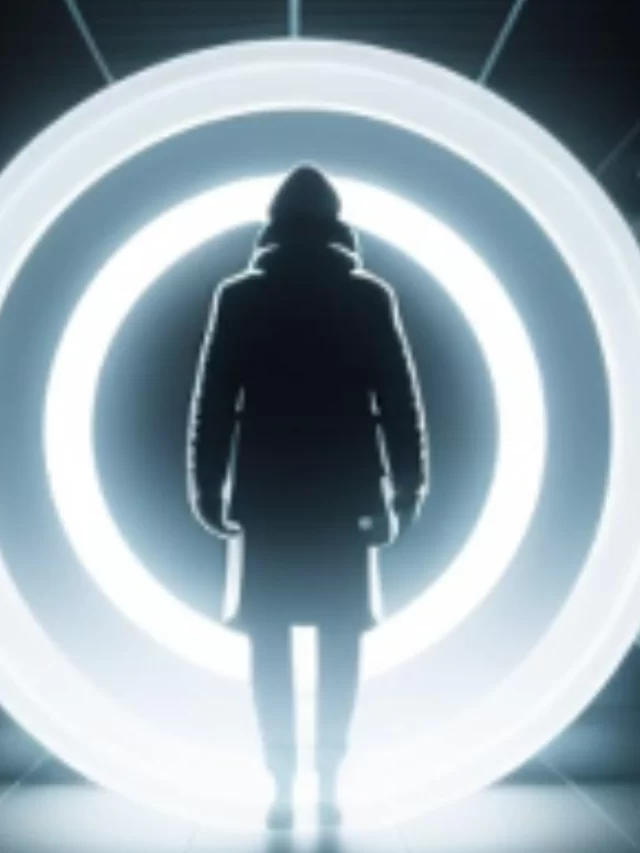Unveiling the Mystique of Rudraksha: A Divine Tale and Comprehensive Guide
Rudraksha holds a significant position in every Hindu household. But are you aware of the story behind Rudraksha’s formation? As per mythology, one day Lord Shiva went into deep meditation, leaving people in confusion about his life. To prove himself alive, he shed tears, which were called Rudraksha. Rudraksha is derived from two words – ‘Rudra’ meaning Shiv himself and ‘aksh’ meaning tears which symbolizes protection, compassion, fulfillment, and increased vitality.
The Divine Genesis of Rudraksha: The Ultimate Guide to Types of Rudraksha Beads and Their Significance
The mystical tale of Rudraksha’s origin intertwines with the deep meditation of Lord Shiva, offering a glimpse into the divine realm. As the legend goes, Lord Shiva’s profound meditation sparked curiosity and uncertainty among the masses, prompting him to demonstrate his existence through tears, hence birthing the revered Rudraksha beads. This divine genesis infuses Rudraksha with spiritual potency and celestial significance, transcending mere ornamentation to embody a conduit of divine energy.
Heralding the Himalayan Seed: Mystique and Medicinal Properties
Rudraksha is also grown on a tree named Elaeocarpus ganitrus, commonly found in the Himalayan region, which is why it’s called the Himalayan seed. Alongside spirituality, Rudraksha also possesses mystical and medical properties, which are based upon the vertical lines that run down its surface. Rudraksha can be worn by anyone, irrespective of their caste, gender, or religion, as astrologers believe it resonates with positive energy.
Exploring the Pantheon: Types and Significance
Sacred Seeds: Understanding the Different Rudraksha Types
Unveiling the Mystical Powers: Varieties of Rudraksha Explained
Empower Your Life: How to Choose from the Types of Rudraksha Beads
Delving into the varied types of Rudraksha unveils a spectrum of spiritual significance and cosmic resonance, each catering to diverse needs and aspirations. Let’s embark on a journey through the celestial catalog of Rudraksha:
1 Mukhi Rudraksha – The Epitome of Spiritual Serenity
Harnessing the Energy: A Deep Dive into Types of Rudraksha Beads
Astrologers believe this bead is associated with the supreme god, the ultimate reality – Lord Shiva. It is meant for peace and serenity, especially when one seeks ‘moksha’ from human life. Wearing 1 Mukhi Rudraksha can be beneficial, as it takes you on a spiritual tour.
2 Mukhi Rudraksha – Harmonizing Divine Energies
Two-faced beads represent the bond between divine masculine and feminine energies. This is the ultimate representation of Shiva and Shakti. Beneficial for fostering, nurturing, and enhancing love in a relationship.
3 Mukhi Rudraksha – The Triad of Divine Trinity
This 3-faced bead represents Brahma, Vishnu, and Mahesh. It can be worn to minimize anger and rage and to bring clarity to one’s thoughts.
4 Mukhi Rudraksha – Emblem of Wisdom and Power
Linked with four Vedas, this bead signifies wisdom, knowledge, and power. Beneficial for concentration, a strong memory, and enhanced knowledge.
5 Mukhi Rudraksha – Harmony with Nature
Linked with all the five natural elements, it represents the balance of life. Good for meditation, creating a sense of balance, and fostering a connection with nature.
6 Mukhi Rudraksha – Fortifying Willpower and Control
Widely worn by athletes and soldiers, it helps in developing willpower and controlling aggression, jealousy, and anxiety.
7 Mukhi Rudraksha – Deep Spiritual Connection
With 7 lines on the surface, it represents a deep connection with the divine, spirituality, and mental peace.
8 Mukhi Rudraksha – Remover of Obstacles
Associated with Lord Ganesha, this bead is worn to remove challenges and problems from the path of success.
9 Mukhi Rudraksha – Embodiment of Courage and Strength
Associated with Goddess Durga, this bead represents courage, strength, and anger management.
10 Mukhi Rudraksha – Dispeller of Negativity
Patronized by Lord Vishnu, it discards all negative energies.
11 Mukhi Rudraksha – Source of Strength
Describes Lord Shiva’s 11th incarnation, Lord Hanuman, fostering immense physical and mental strength.
12 Mukhi Rudraksha – Enhancer of Leadership
Linked with Lord Surya, it enhances leadership qualities and decision-making ability.
13 Mukhi Rudraksha – Catalyst for Charisma
Rare and charismatic, it enhances marital life, brings attraction, and charisma.
14-21 Mukhi Rudraksha – Rare Treasures
These rare beads, associated with various deities, offer a plethora of benefits from protection to wealth, prosperity, and spiritual elevation.
The Way Forward: Embracing Rudraksha’s Essence
The mystique of Rudraksha transcends its physical form, encapsulating centuries of spiritual wisdom and celestial energy. As you embark on your spiritual journey, consider adorning yourself with the divine grace of Rudraksha, unraveling its mystic powers and embracing the profound transformation it offers. Let Rudraksha be not just an ornament but a sacred emblem of your spiritual odyssey, guiding you towards inner harmony, enlightenment, and divine bliss.
In conclusion, the enigmatic allure of Rudraksha beckons seekers of spiritual enlightenment and holistic well-being, offering a pathway to transcendence and divine communion. As you delve deeper into its mystical realm, may Rudraksha illuminate your path, bestowing upon you the blessings of celestial grace and inner peace.
Exploring the Mystique of Mahashivratri: A Divine Celebration
Introduction
Mahashivratri, a sacred festival celebrated by millions across the globe, is a profound occasion that transcends cultural and religious boundaries. As we delve into the depths of this auspicious day, we uncover a tapestry woven with spirituality, devotion, and profound significance. In this article, we embark on a journey to understand the essence of Mahashivratri, exploring its origins, traditions, and spiritual significance.
The Legend of Mahashivratri
Mahashivratri, literally translating to “The Great Night of Shiva,” holds immense reverence in Hindu mythology. According to ancient scriptures, this divine occasion marks the marriage anniversary of Lord Shiva and Goddess Parvati. Legend has it that on this night, Lord Shiva performed the cosmic dance of creation, preservation, and destruction, known as the Tandava. It is believed that during this celestial dance, the universe is rejuvenated, and all sins are absolved.
Traditions and Rituals
Mahashivratri is observed with fervent devotion and elaborate rituals. Devotees engage in fasting, meditation, and prayers to honor Lord Shiva. Temples are adorned with flowers and illuminated with lamps, creating an aura of sanctity and reverence. Throughout the night, devotees chant hymns, recite prayers, and perform traditional dances as a mark of reverence to the divine.
Significance of Fasting
Fasting holds a significant place during Mahashivratri. Devotees abstain from food and water, symbolizing purification of the soul and detachment from worldly desires. The fast is believed to bestow spiritual strength, cleanse the mind, and awaken inner consciousness. It is a time for introspection, self-discipline, and seeking blessings for spiritual growth and enlightenment.
The Spiritual Essence
Mahashivratri transcends mere religious observance; it embodies the essence of spirituality and self-realization. The night symbolizes the conquest of darkness by light, ignorance by knowledge, and evil by righteousness. It is a reminder of the eternal truth that ultimately, goodness triumphs over adversity, and divine grace illuminates the path of righteousness.
Celebrations Around the World
Mahashivratri is celebrated with great fervor not only in India but also in various parts of the world. From grand processions in Nepal to vibrant festivities in Southeast Asia, the essence of Mahashivratri unites devotees worldwide in a spirit of devotion and reverence. Each region brings its unique cultural flavor to the celebrations, yet the underlying reverence for Lord Shiva remains universal.
The Symbolism of Lord Shiva
Lord Shiva, the embodiment of cosmic energy and transcendental consciousness, holds a revered place in Hindu mythology. His attributes of benevolence, compassion, and detachment inspire devotees to lead a life of righteousness and spiritual awakening. The symbolism of Lord Shiva’s third eye, trident, and serpent adorning his neck carries profound spiritual significance, representing the power of destruction, creation, and preservation.
Conclusion
In conclusion, Mahashivratri is not merely a religious festival but a spiritual journey that beckons devotees to delve deep into the realms of consciousness and divine grace. It is a time to reflect on the eternal truths of life, seek inner transformation, and cultivate a deeper connection with the divine. As we immerse ourselves in the celestial aura of Mahashivratri, let us embrace the teachings of Lord Shiva and strive to lead a life of righteousness, compassion, and spiritual enlightenment.
“Let us celebrate Mahashivratri with fervent devotion and unwavering faith, as we seek the divine blessings of Lord Shiva to illuminate our path towards eternal bliss.”

























